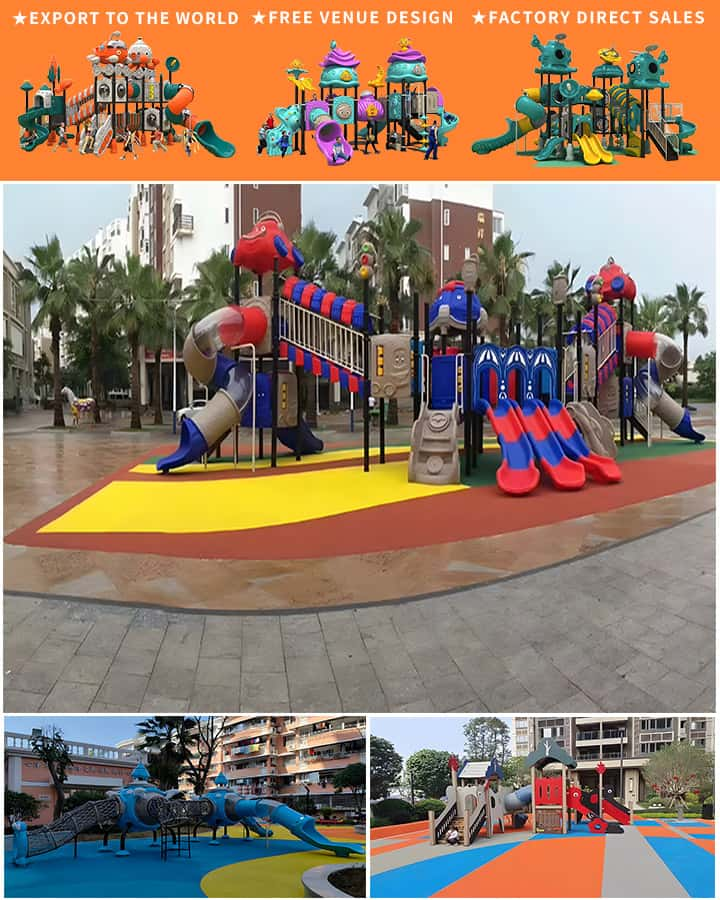Creating a playground that is both safe and enjoyable for children demands meticulous planning and design. One of the most efficient ways to accomplish this task is by using CAD (Computer-Aided Design) blocks, which offer a streamlined approach to designing various playground equipment. In this article, we’ll delve into how CAD blocks can revolutionize the design process for kids’ playgrounds, ensuring safety, functionality, and fun.
The Importance of CAD in Playground Design
Traditionally, playground designs were hand-drawn or created using rudimentary drafting tools. However, with advancements in technology, CAD software has become indispensable for modern designers. CAD allows for precise measurements and intricate detailing, making it an ideal tool for designing playground equipment that meets stringent safety standards while being engaging for children.
What are CAD Blocks?
CAD blocks are reusable components in a CAD program that represent standard items used across multiple projects. For example, when designing playground equipment, you might have CAD blocks for swings, slides, climbing frames, and seesaws. These blocks can be easily inserted, modified, and reused, saving time and ensuring consistency throughout the design process.
Benefits of Using CAD Blocks for Playground Equipment
Efficiency: By using pre-designed CAD blocks, designers can quickly assemble different pieces of playground equipment without having to start from scratch each time. This speeds up the entire design process, allowing more time for refinements and adjustments.
Consistency: CAD blocks ensure uniformity in the design elements. For instance, if a particular type of slide needs to be used in multiple locations within the playground, the exact same block can be replicated, maintaining a consistent look and feel.
Customization: Despite their standard nature, CAD blocks can be customized to fit specific requirements. Whether it’s altering the dimensions of a climbing frame or changing the color of a swing set, CAD blocks provide the flexibility needed to meet unique project specifications.
Safety: Safety is paramount when designing playground equipment for children. CAD programs often come with built-in safety features that ensure all equipment adheres to regulatory standards. Using CAD blocks that are designed with these standards in mind can help mitigate risks.
Cost-Effectiveness: Since CAD blocks can be reused in different projects, they reduce design costs significantly over time. Moreover, the precision of CAD designs minimizes material waste and errors during manufacturing, leading to further savings.

How to Use CAD Blocks for Playground Design
Select a Suitable CAD Software: Choose a CAD program that supports playground design and comes with a library of relevant blocks. Popular options include AutoCAD, Revit, and SketchUp.
Gather Requirements: Work closely with stakeholders such as community leaders, parents, and urban planners to understand the specific needs and preferences for the playground.
Choose and Customize Blocks: From the CAD library, select the appropriate blocks for your playground design. Customize them as necessary to fit the space and aesthetic goals of the project.
Assemble the Design: Arrange the CAD blocks within your project area, paying close attention to spacing and safety zones around each piece of equipment.
Review and Revise: Utilize the CAD software’s simulation features to conduct virtual walkthroughs of the playground. Make any necessary adjustments to enhance safety and usability.
Finalize and Share the Design: Once satisfied with the design, finalize it and export the CAD files for use by contractors and manufacturers. Sharing digital files ensures accuracy and reduces the likelihood of misinterpretations.
Conclusion
Using CAD blocks for designing kids’ playground equipment offers numerous advantages that make the process faster, safer, and more cost-effective. As playgrounds evolve to meet the growing needs of communities, leveraging advanced tools like CAD will continue to play a crucial role in creating spaces where children can play safely and joyfully. With thoughtful design and technological precision, we can craft playgrounds that inspire imagination and creativity while ensuring the highest standards of safety.




